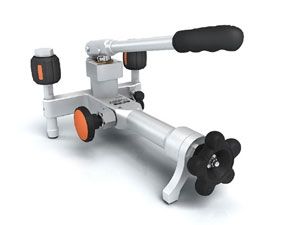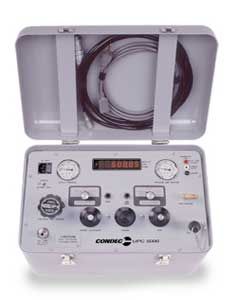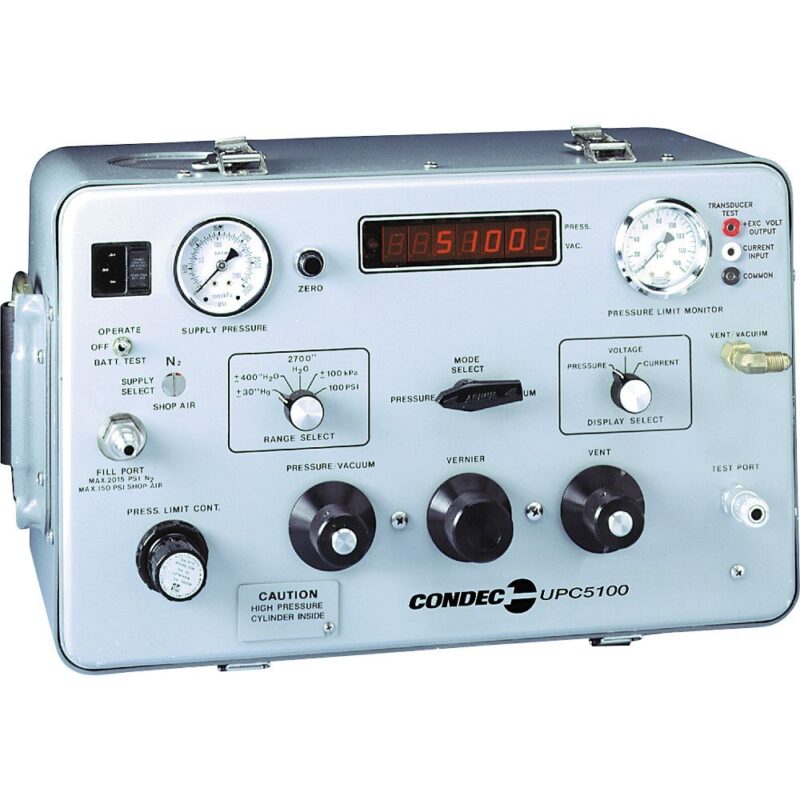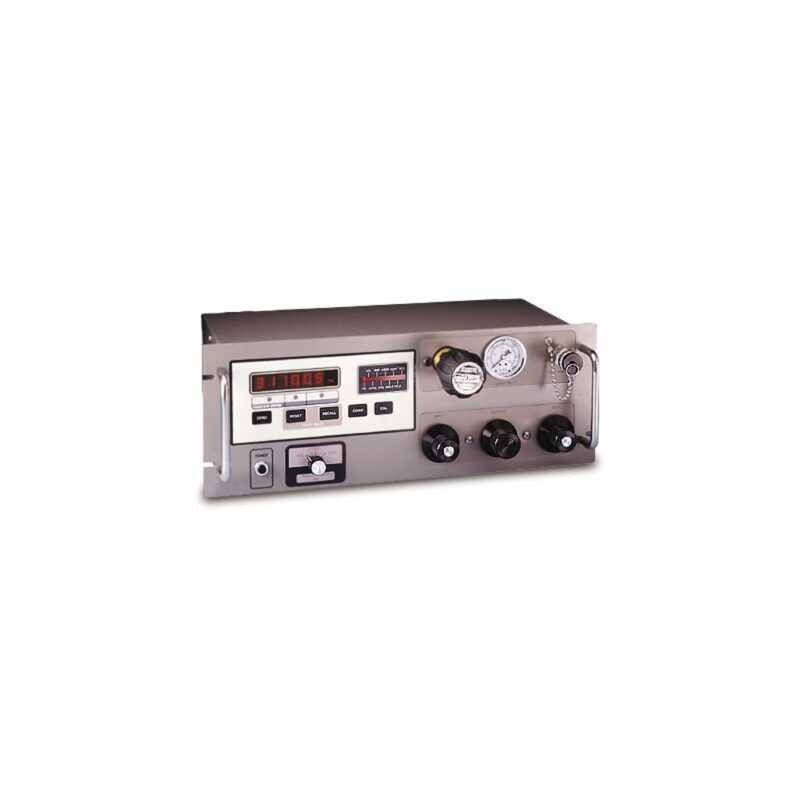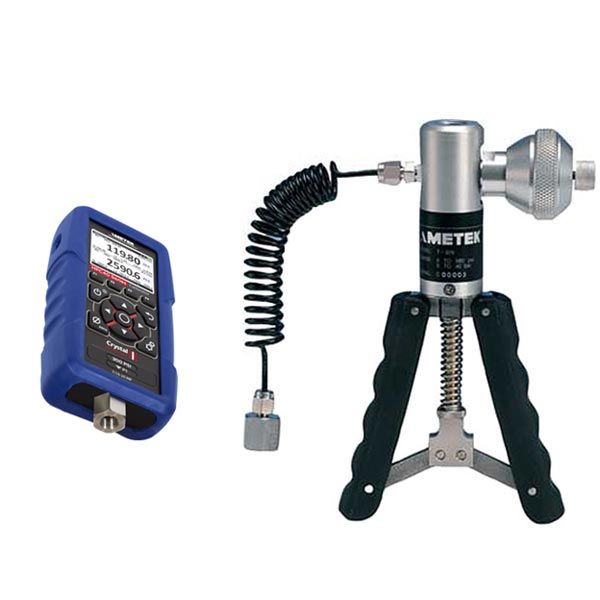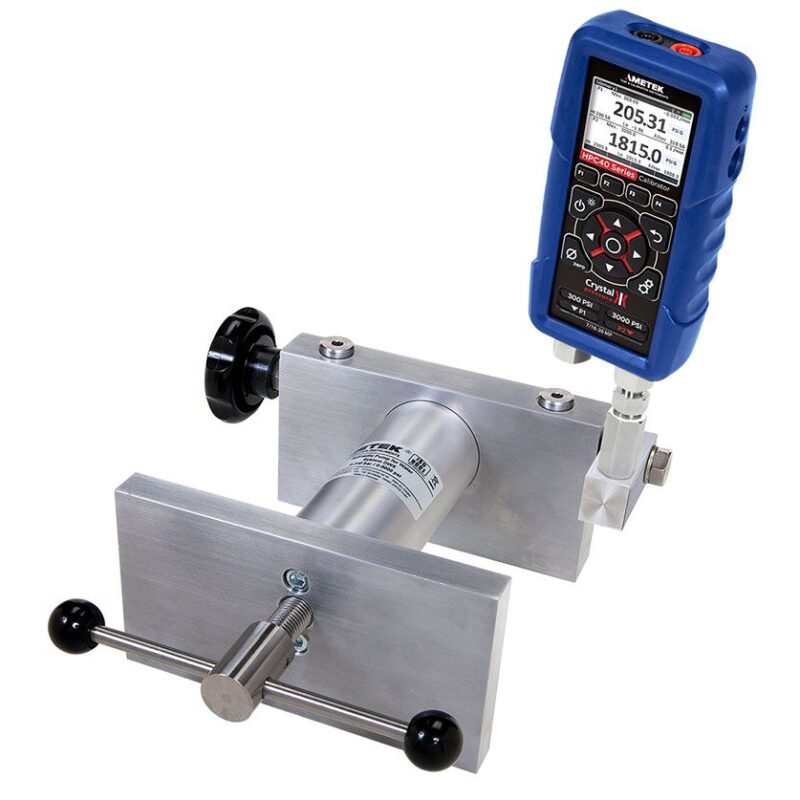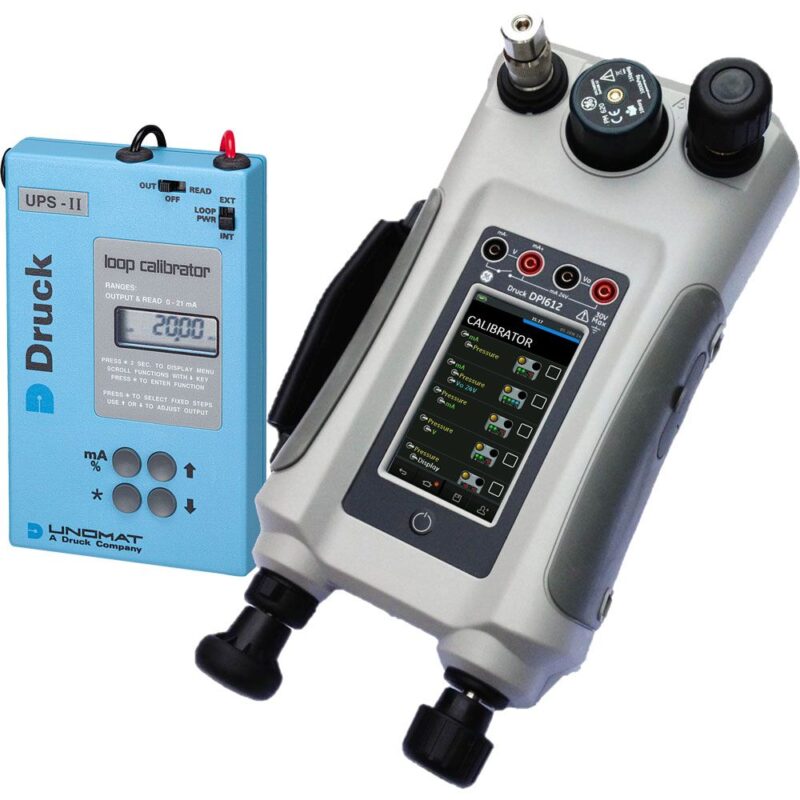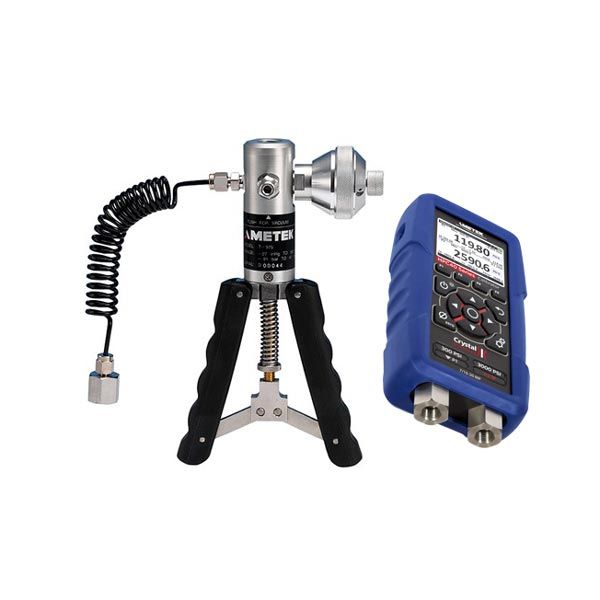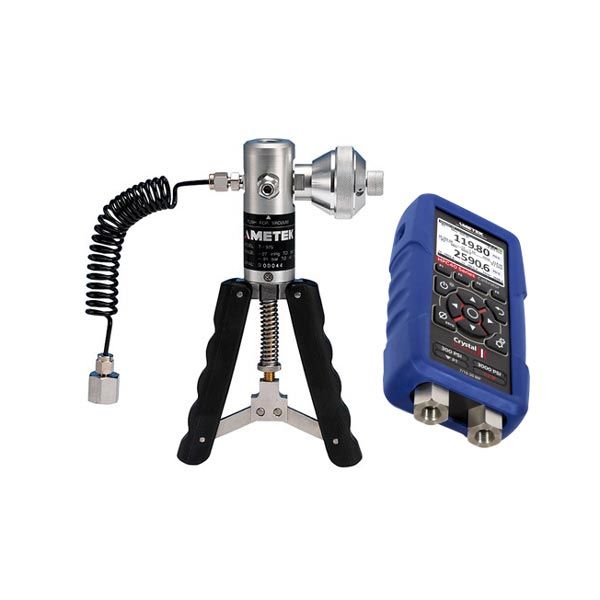Understanding the Basics of Crystal Engineering Crystal engineering is an interdisciplinary science that integrates principles from chemistry, physics, and materials science to design and synthesize new materials with desired properties. At its core, crystal engineering involves the deliberate and strategic arrangement of molecules into crystalline structures through the manipulation of intermolecular interactions. This field has garnered significant attention due to its potential to revolutionize material design and application across various industries. The evolution of crystal engineering can be traced back to the early 20th century, with significant milestones marking its development. Pioneering scientists such as J.D. Bernal and Linus Pauling laid the groundwork by exploring the nature of chemical bonds and crystalline structures. The term “crystal engineering” itself was popularized in the 1970s by G.R. Desiraju, who emphasized the role of weak intermolecular forces in determining crystal structures. Fundamental to crystal engineering are concepts like intermolecular interactions, hydrogen bonding, and van der Waals forces. Intermolecular interactions encompass a variety of forces that influence the arrangement of molecules in a crystal, ranging from strong ionic and covalent bonds to weaker hydrogen bonds and van der Waals forces. Hydrogen bonding, a specific type of dipole-dipole interaction, plays a crucial role in forming stable and predictable crystalline structures. Van der Waals forces, though weaker, contribute to the subtle stabilization and packing of molecules in a crystal lattice. Techniques such as X-ray crystallography are indispensable in crystal engineering. X-ray crystallography allows scientists to determine the three-dimensional arrangement of atoms within a crystal, providing crucial insights into its structure. Computational modeling complements experimental approaches, enabling the prediction and design of new crystalline materials with desired properties. Experimental methodologies, including solution growth and vapor deposition, facilitate the synthesis of crystals in controlled environments. Crystal engineering encompasses various types of crystalline structures, each with unique characteristics. Molecular crystals consist of individual molecules held together by intermolecular forces. Co-crystals involve two or more different molecules forming a single crystalline structure, enhancing properties such as solubility and stability. Metal-organic frameworks (MOFs) are a class of crystalline materials composed of metal ions coordinated to organic ligands, exhibiting high porosity and tunable properties. In summary, understanding the basics of crystal engineering involves appreciating its historical context, grasping fundamental concepts, and recognizing the diverse types of crystalline structures and their applications. This multidisciplinary field continues to evolve, promising innovative solutions in material science and beyond. Applications and Future Directions of Crystal Engineering Crystal engineering plays a pivotal role in pharmaceuticals, where it is employed to enhance drug solubility, stability, and bioavailability. By designing co-crystals and polymorphs, researchers can optimize the physical and chemical properties of active pharmaceutical ingredients (APIs). This meticulous design approach ensures that drugs can be more effectively absorbed by the body, leading to improved therapeutic outcomes. The ability to modulate these properties through crystal engineering is revolutionizing the way new drugs are developed and existing ones are improved. In the realm of electronics, crystal engineering is instrumental in the development of new materials for semiconductors and superconductors. The precise arrangement of atoms within a crystal lattice directly influences the electrical properties of these materials. By controlling the crystal structure, scientists can tailor materials to exhibit desired electronic behaviors, thereby enhancing the performance of electronic devices. This is particularly significant in the advancement of nanotechnology and optoelectronics, where the manipulation of crystal structures at the nanoscale can lead to breakthroughs in miniaturization and functionality. Environmental and energy-related applications also benefit significantly from crystal engineering. The creation of porous materials, such as metal-organic frameworks (MOFs) and zeolites, is a prime example. These materials are designed to have specific pore sizes and shapes, making them ideal for gas storage, separation, and catalysis. Crystal engineering enables the fine-tuning of these materials to enhance their efficiency and selectivity, addressing critical needs in sustainable energy and environmental protection. Despite its numerous applications, crystal engineering faces challenges and limitations. One major challenge is the predictability of crystal structures. While significant progress has been made, accurately predicting how molecules will arrange themselves in a crystal lattice remains complex. Additionally, the scalability of engineered materials from laboratory settings to industrial production poses another hurdle. Researchers are continually working to overcome these obstacles to fully realize the potential of crystal engineering. Looking ahead, the future of crystal engineering is promising, driven by emerging trends and interdisciplinary collaboration. Innovations in computational modeling, machine learning, and advanced characterization techniques are set to enhance the predictability and design of crystal structures. Furthermore, the integration of principles from chemistry, physics, and materials science will foster new discoveries and applications. As researchers continue to push the boundaries, crystal engineering will undoubtedly play a crucial role in shaping the future of materials science and technology.

